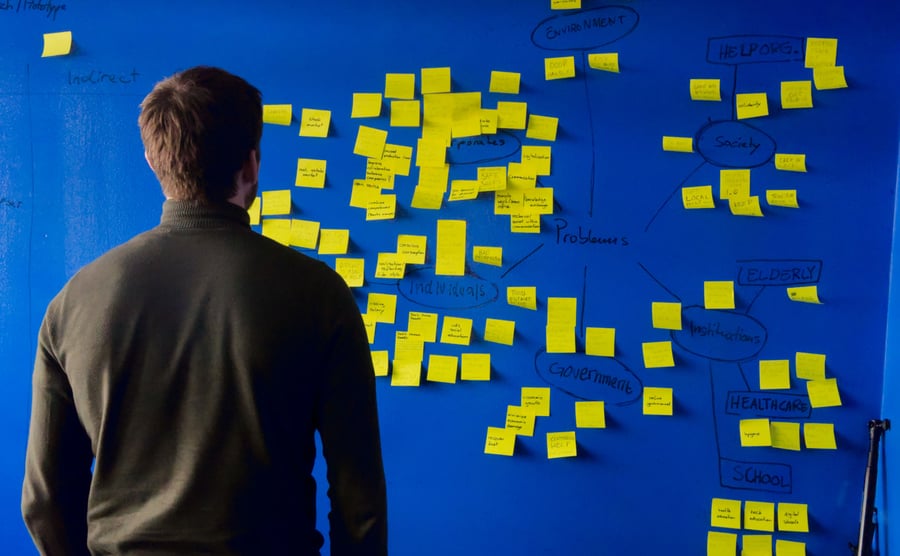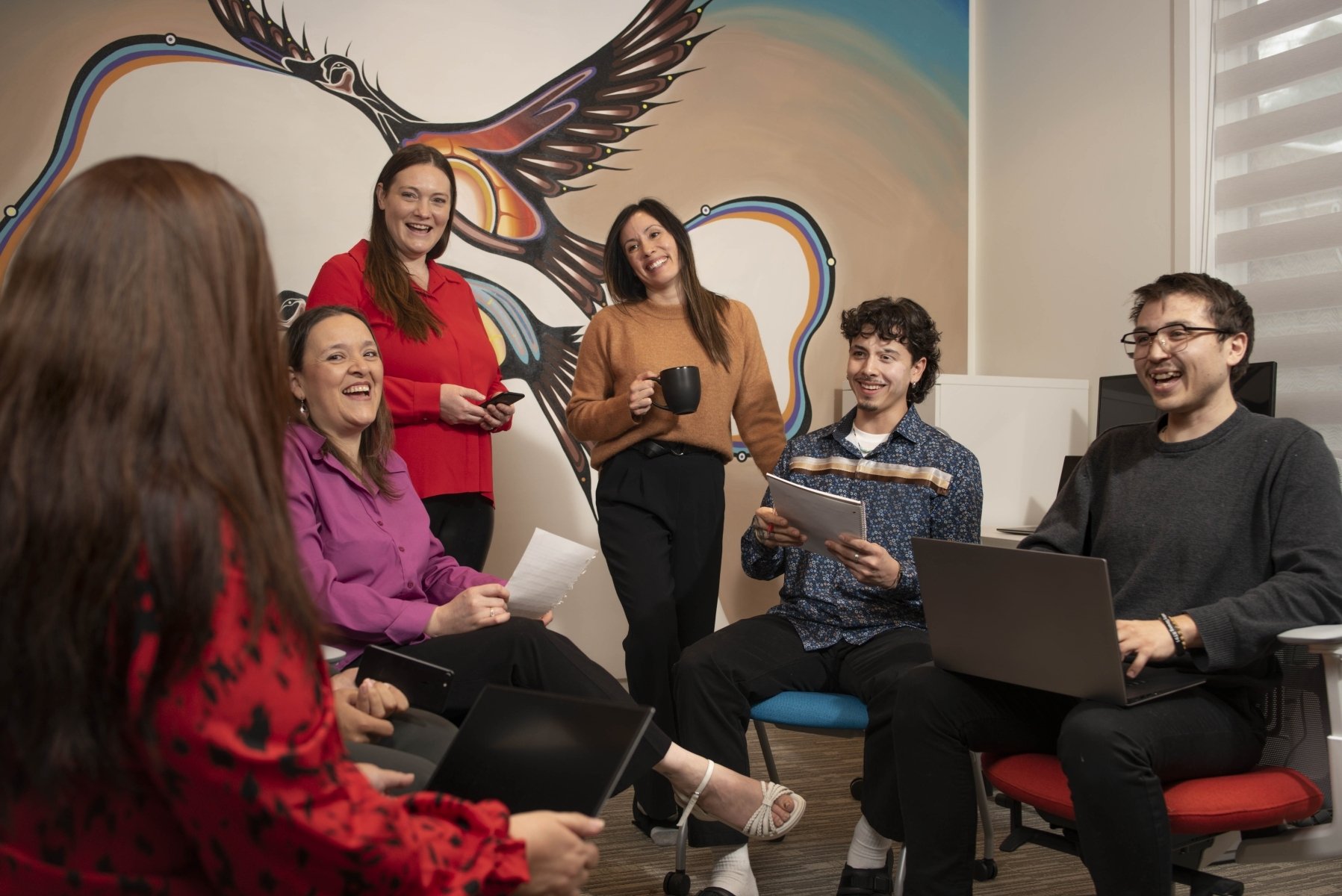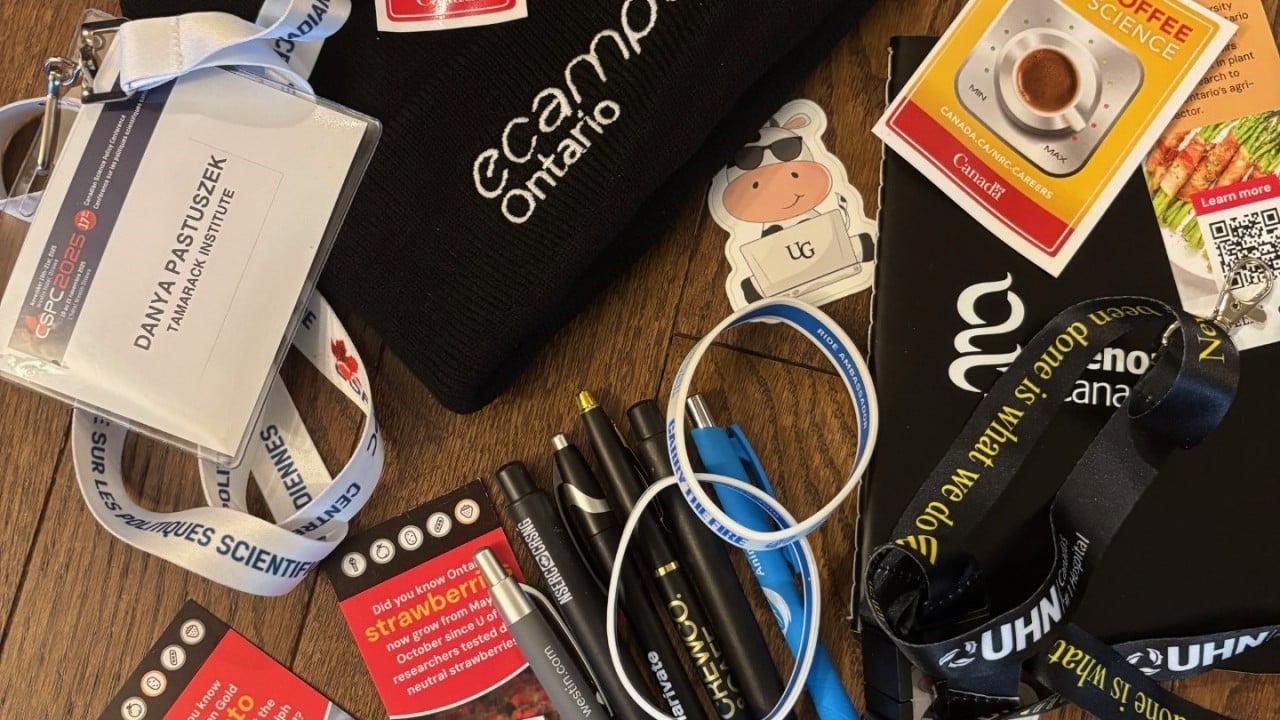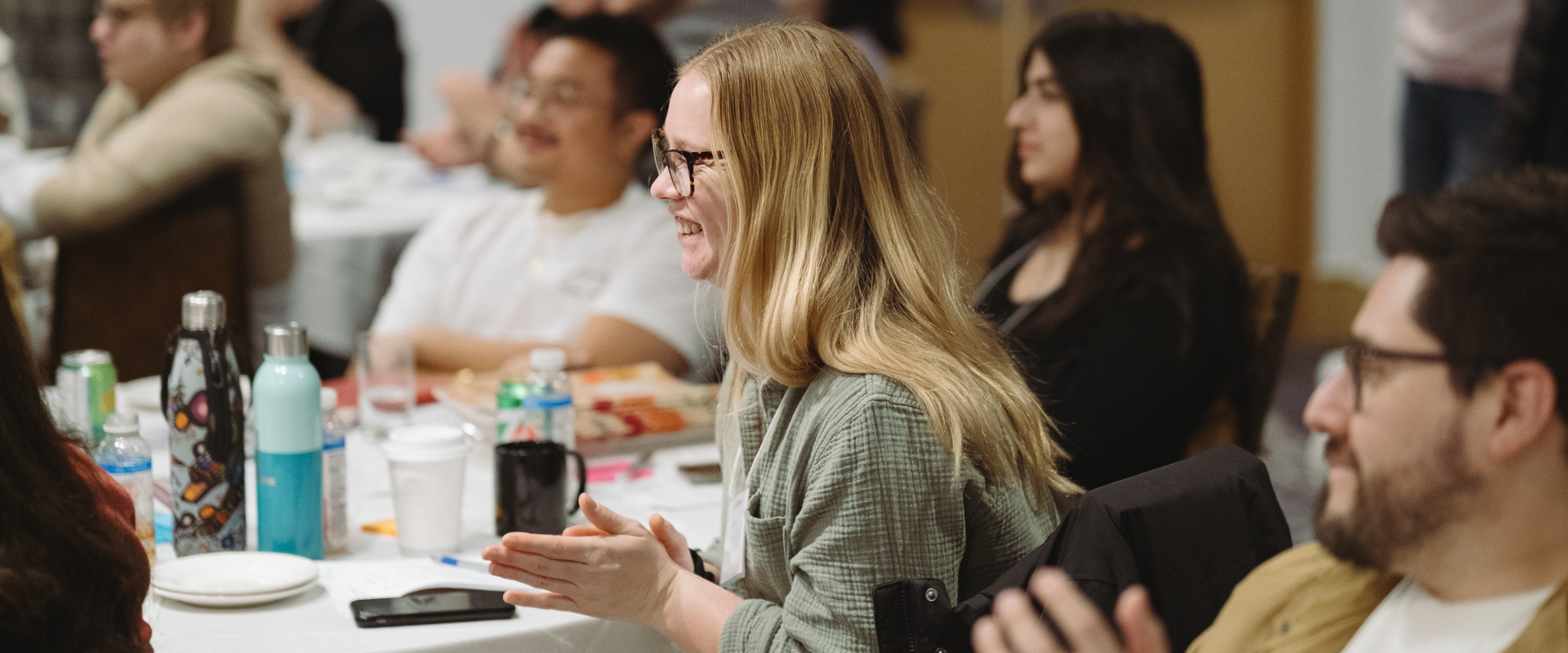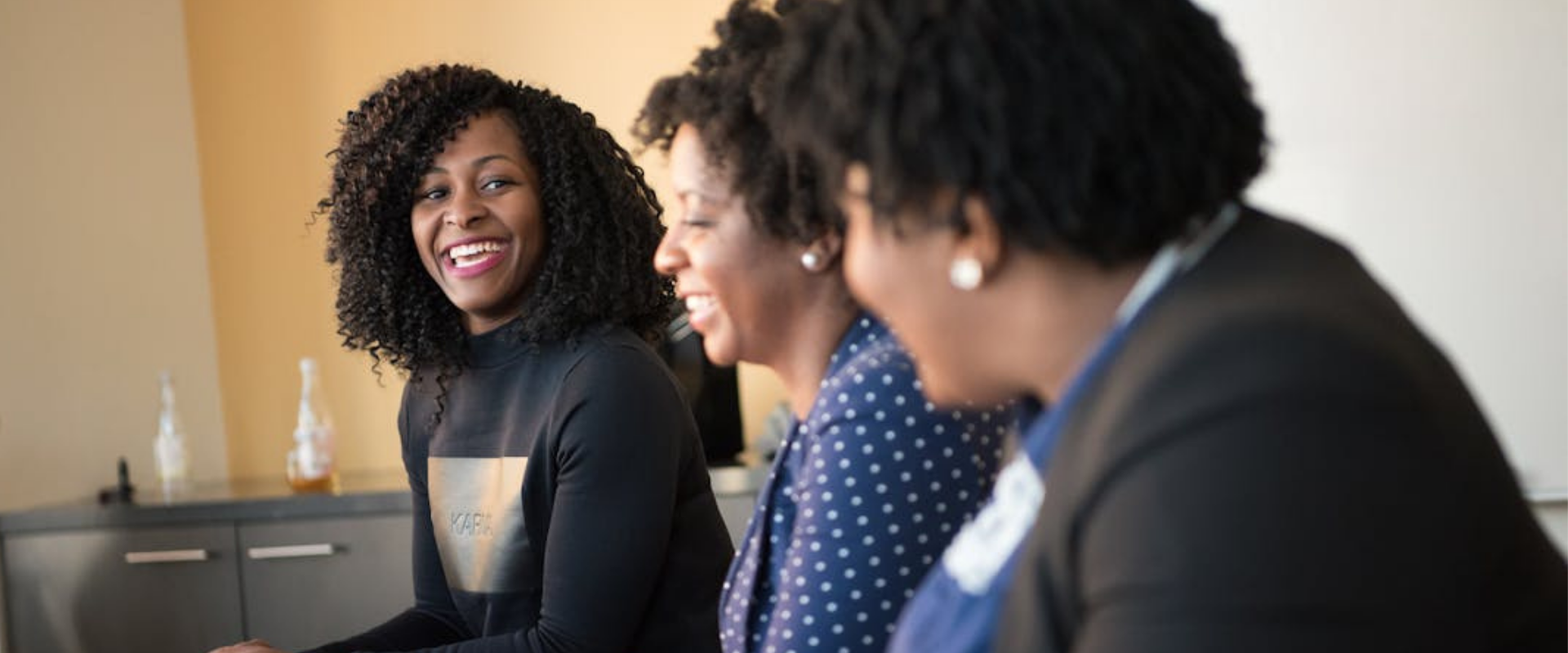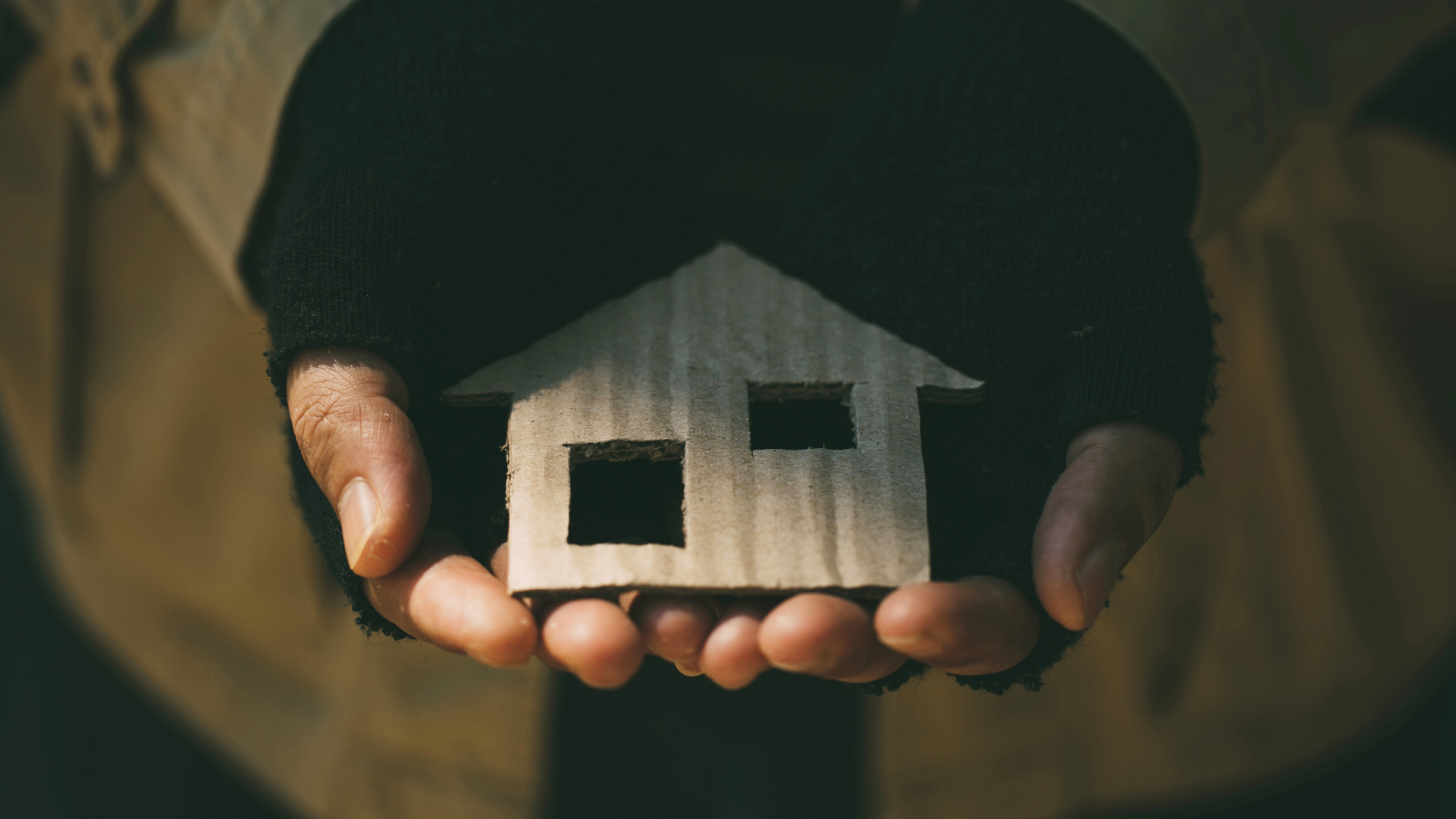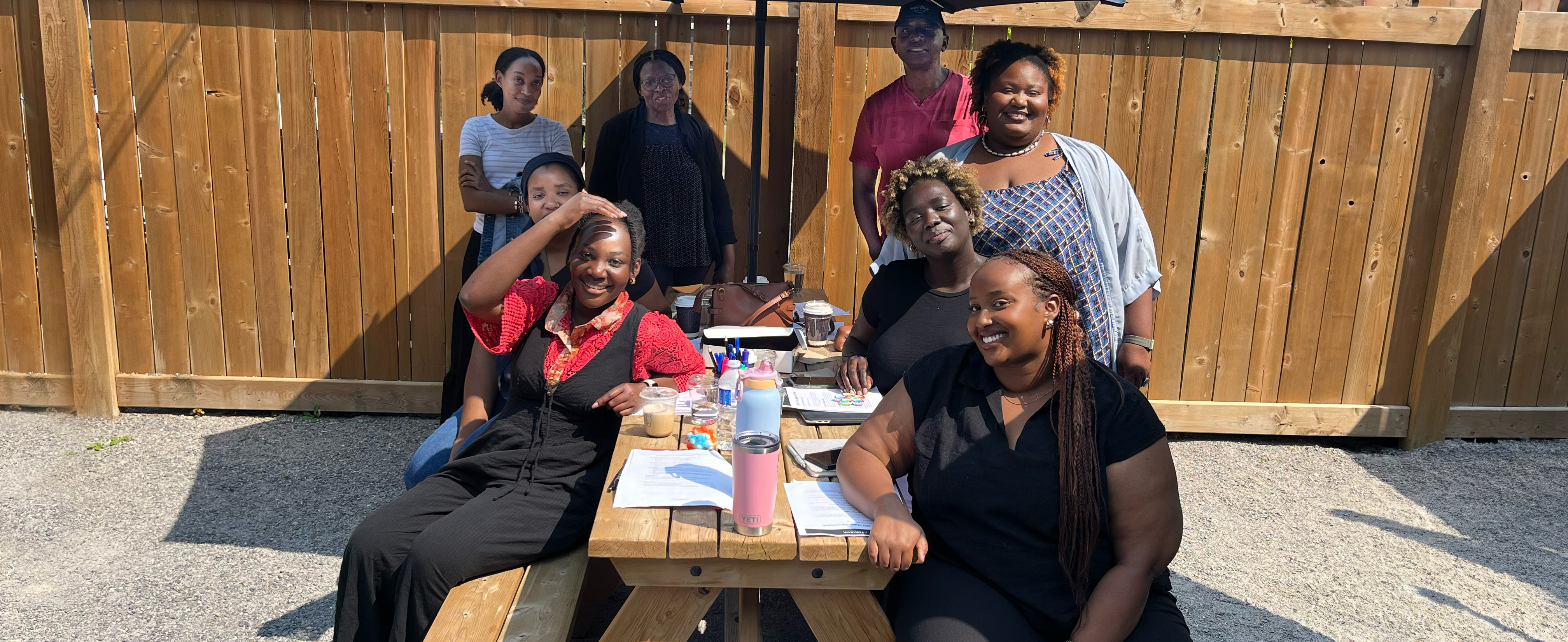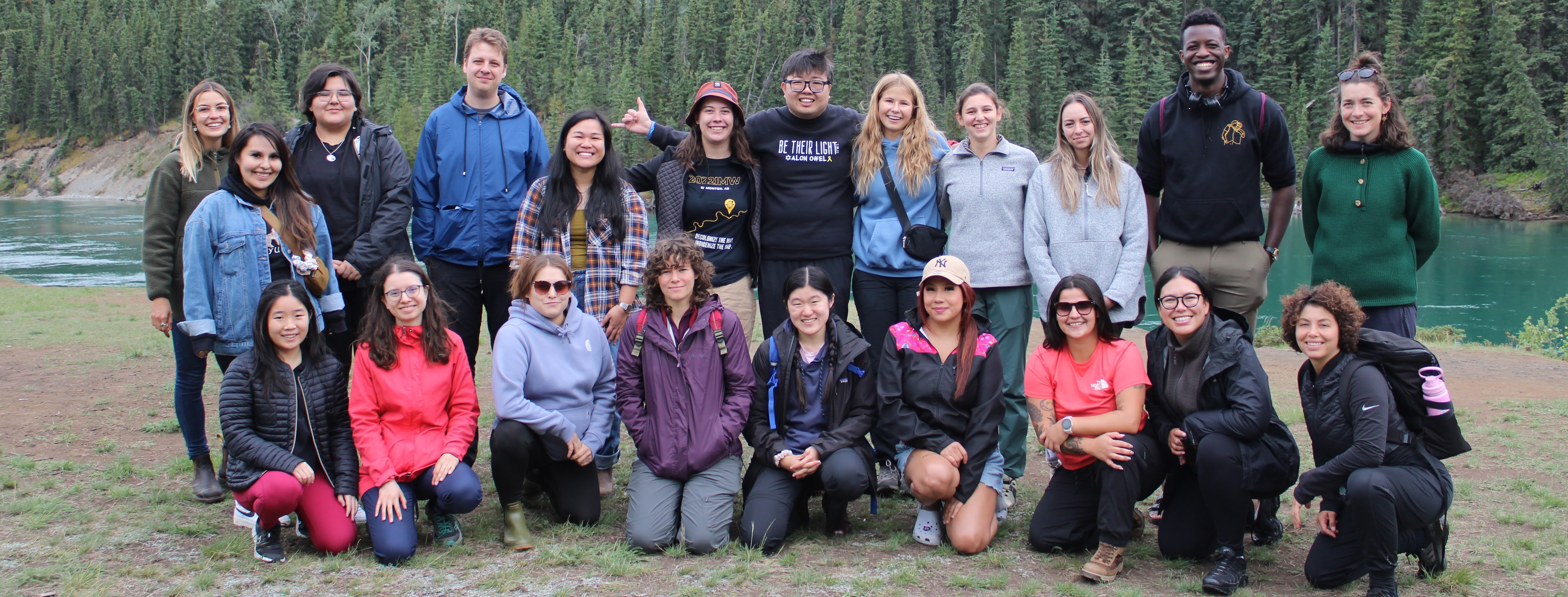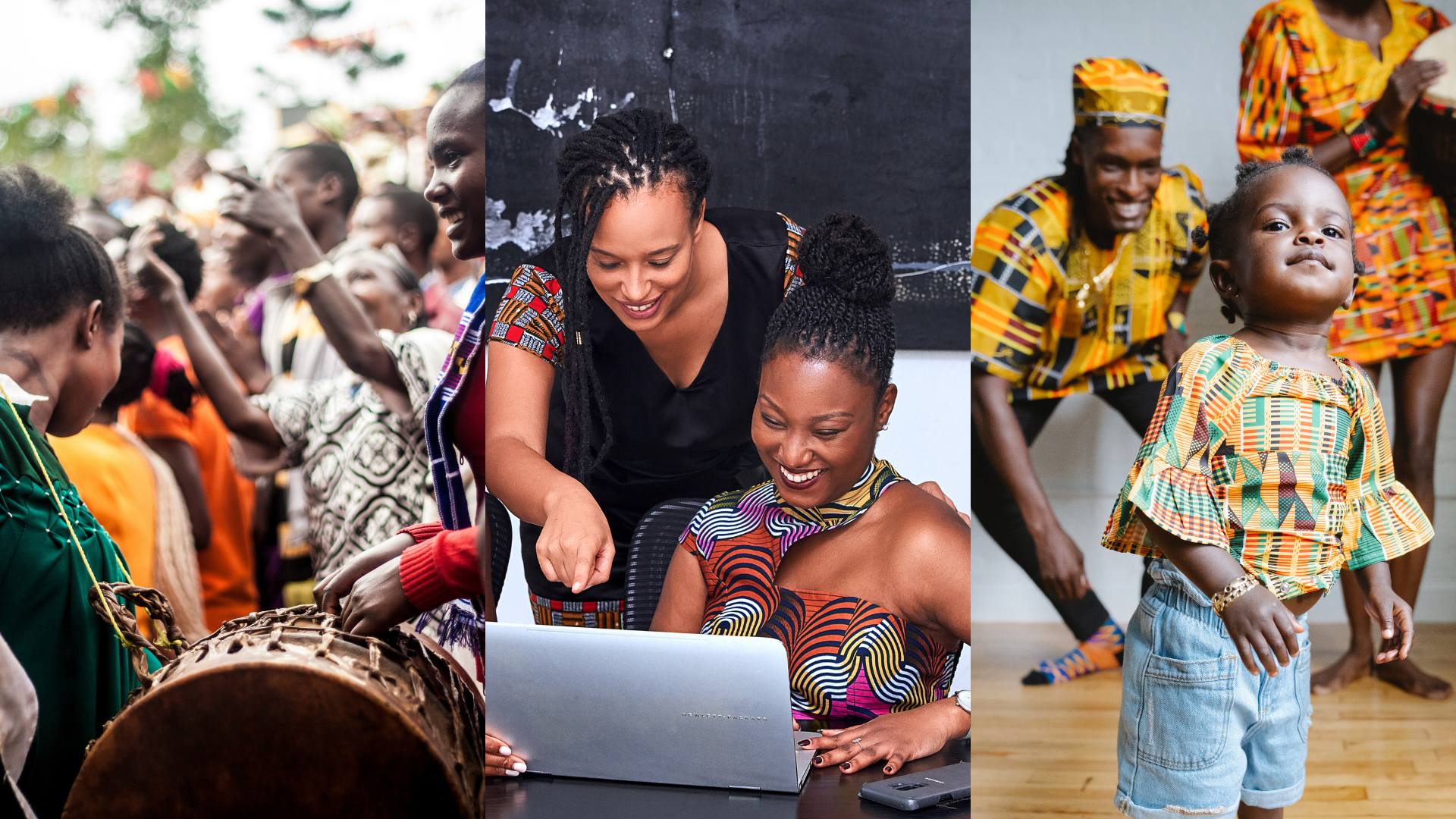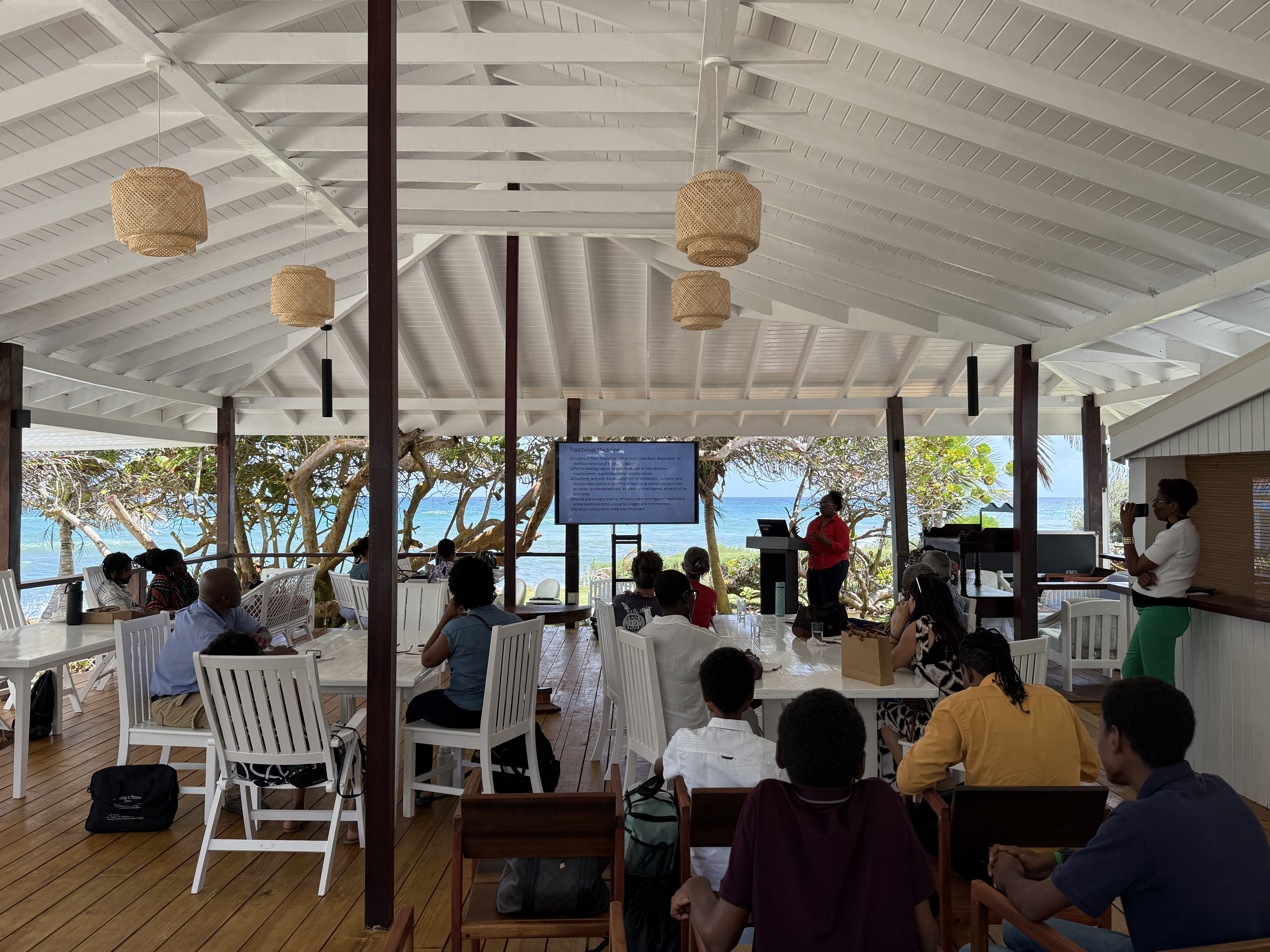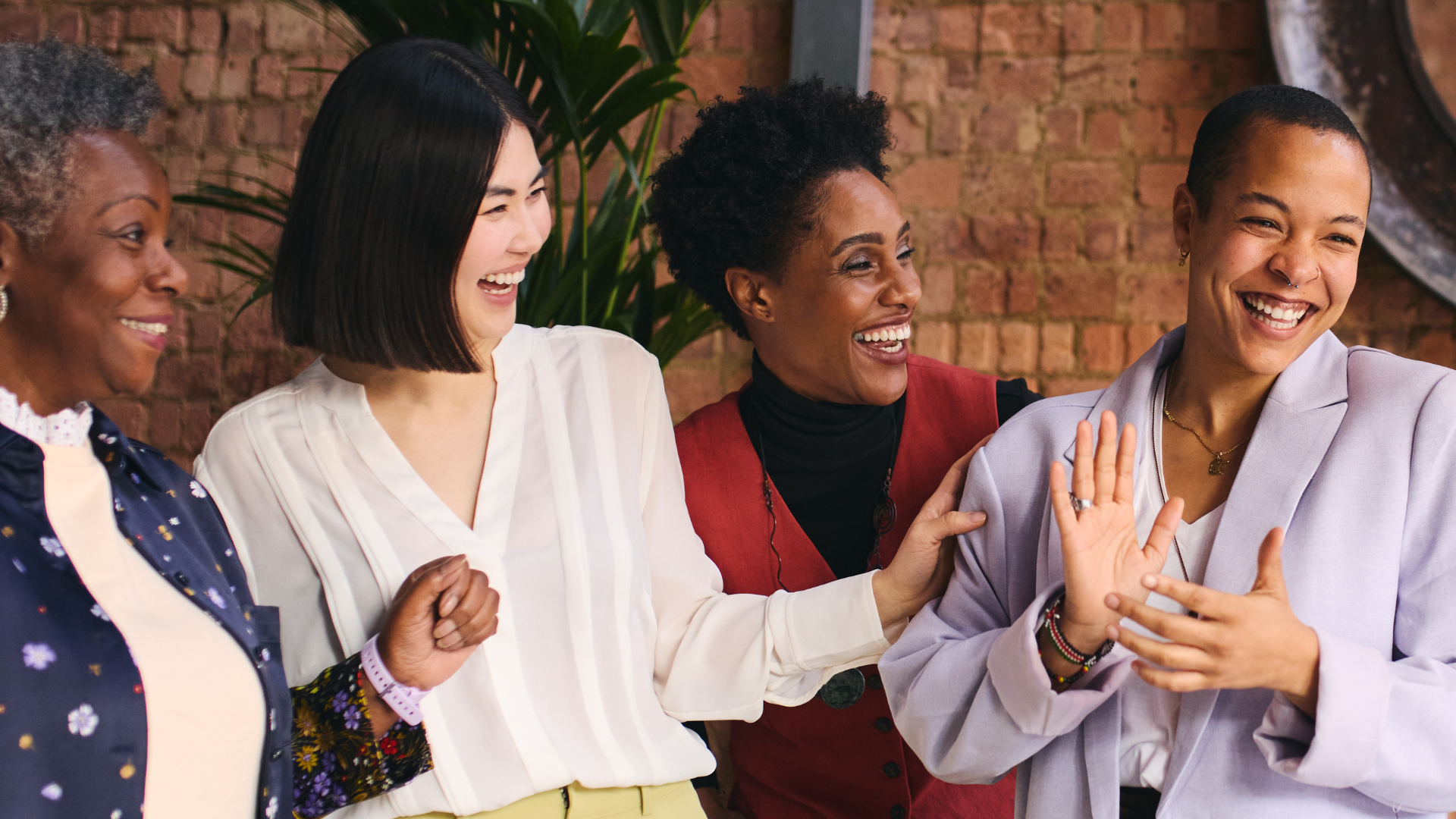In the paper Collective Impact 3.0: An Evolving Framework for Community Change, my colleagues Liz Weaver and Mark Cabaj shared a quote from Eric Bonabeau, CEO, Icosystems, who observed that:
“Managers would rather live with a problem they can’t solve than with a solution they can’t fully understand or control.”
That quote struck a deep chord with me because it illuminated a tension that is very real in the work of community change. On the one hand, changemakers, like managers, are searching for best-practice solutions, proven approaches that, when applied, can be relied on to generate positive improvements. On the other hand, while such solutions often generate improvements within existing programs and systems, they often fall far short of the bold innovation and fundamental transformation that those most impacted by the status quo are often calling for and urgently need.
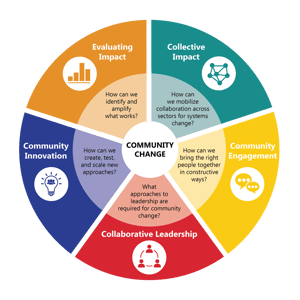 Of Tamarack’s five interconnected practices of community change, we consider community innovation – which we define as a form of social innovation that is rooted in place – to be the practice that is most critical. It is a practice that focuses on inviting diverse stakeholders to think together differently; generate new insights about their shared issue, re-imagine new possibilities, and prototype new solutions. It is also a practice where capacity-building is greatly needed. In a 2017 survey of non-profit leaders, the Rockefeller Foundation found that while more than 80% of non-profit leaders aspired to innovate, less than 40% believed they had the organizational capacity to do so.
Of Tamarack’s five interconnected practices of community change, we consider community innovation – which we define as a form of social innovation that is rooted in place – to be the practice that is most critical. It is a practice that focuses on inviting diverse stakeholders to think together differently; generate new insights about their shared issue, re-imagine new possibilities, and prototype new solutions. It is also a practice where capacity-building is greatly needed. In a 2017 survey of non-profit leaders, the Rockefeller Foundation found that while more than 80% of non-profit leaders aspired to innovate, less than 40% believed they had the organizational capacity to do so.
A commitment and willingness to invest generously in innovation is the norm in many sectors, including business, science and technology. Yet, as Stephen Huddart, past CEO of the McConnell Family Foundation recently noted, “considerably less attention is paid to applying innovation tools to the social systems that cost government more than $300 billion a year. Improving outcomes for vulnerable people; creating agile, responsive institutions; and unlocking capital that is currently absorbed in service delivery models that worsen problems they were intended to solve are goals we can all support and which social innovation is designed to achieve.”
There is no shortage of innovation within our communities. One need only look back over the past year, as communities first began wrestling with the unprecedented upheaval created by COVID-19, to see evidence of incredible ingenuity and creativity among individuals and organizations. What is needed to ensure that the best and most promising of these innovations are recognized, retained and replicated once the immediacy of the COVID crisis dissipates?
When speaking about the work of systems change at one of Tamarack’s learning events in 2015, renown social innovator Brenda Zimmerman noted that established systems often resist change. She introduced the term “snapback” to describe the tendency for systems to often “snap back” to the old, more familiar, way of doing things quite easily. She went on to note that “snapback” is something that can occur at many levels – individual, organizational and even societal.
That is why strengthening our capacity to nurture and support community innovation – within change-makers and throughout communities – is indeed the most critical of the practices of community change.

